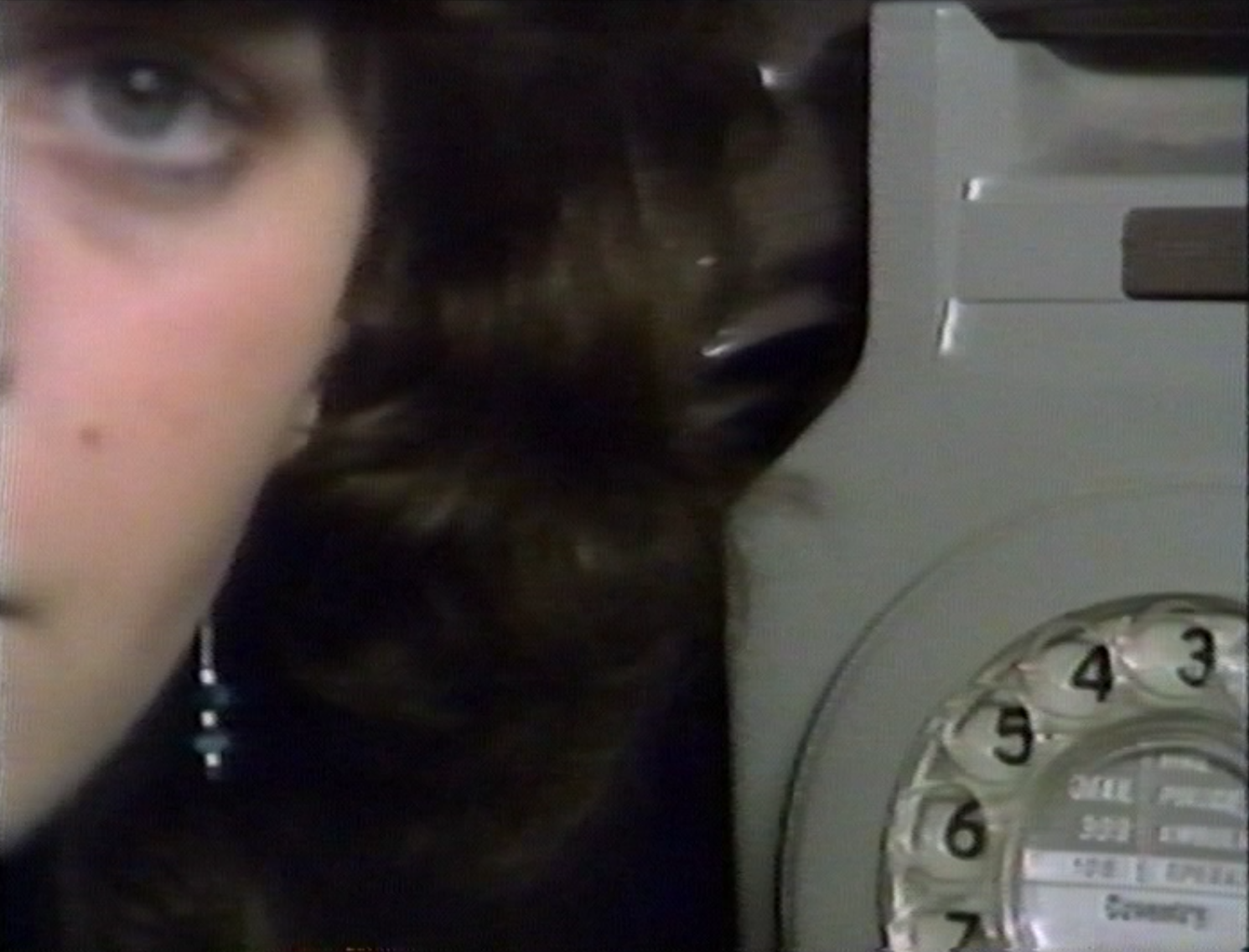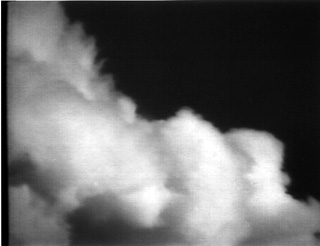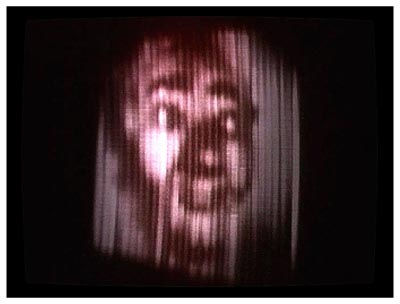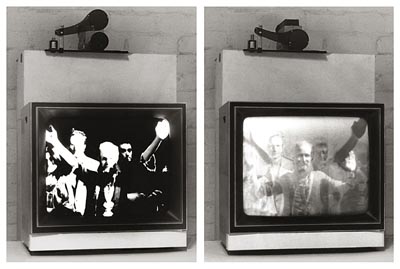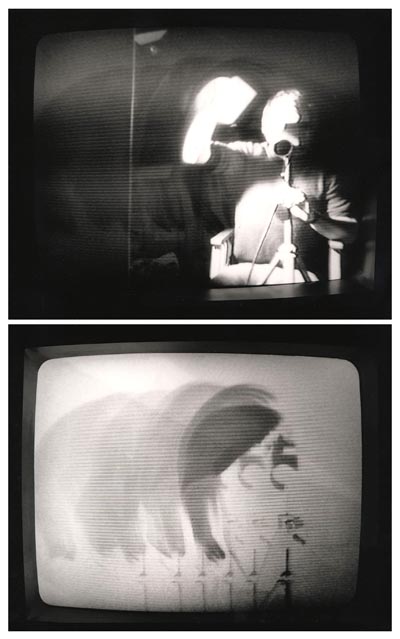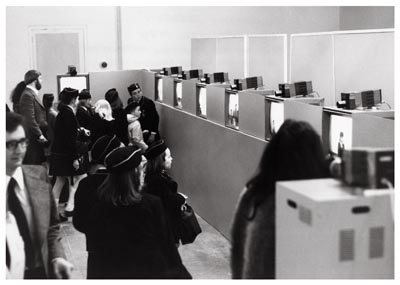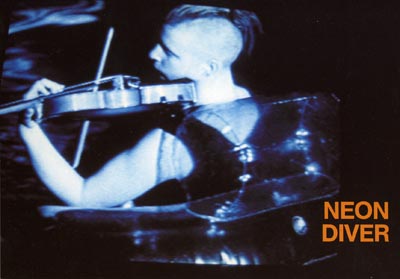‘All concepts undergo historical change, and the concept of narrative has shifted since this piece was made. Watching an artwork concerned to open out the narrative devices utilised by mainstream film, it is interesting to ask whether what at the time it was made might have seemed a deconstruction of the structure of narrative could now be seen as no less narrative in its construction than mainstream films made today, or indeed the films it sought to deconstruct. …
Continue reading “Interplay (1980)”
“When Partridge began to explore the then new-fangled edit-suite in the late 1970’s, he incorporated all these elements and added to them the montage film tradition (suitably altered) at a time when extreme duration and the single take were still seen as defining the nature of video as against cinema. This was far-sighted in staking out the artist’s claim to, so to speak, cut and paste videotape well ahead of its commercial exploitation in advertising and television. …
Continue reading “Episodes-Interposed (1979)”
‘All these early black & white videotapes were made on 1/2 inch reel-reel open tape video recorders. Editing was achieved by roughly cueing up a player and recorder, marking with a white film-crayon, winding back as accurately as possible for a pre-roll, than engaging play. You hoped to press the edit button at the right time (or place) and that it would be releatively ‘clean’ . It was a hit&miss affair and certainly had little to do with film-style montage – …
Continue reading “Interlace”
‘All these early black & white videotapes were made on 1/2 inch reel-reel open tape video recorders. Editing was achieved by roughly cueing up a player and recorder, marking with a white film-crayon, winding back as accurately as possible for a pre-roll, than engaging play. You hoped to press the edit button at the right time (or place) and that it would be releatively ‘clean’ . It was a hit&miss affair and certainly had little to do with film-style montage – …
Continue reading “Crosspoints”
Commisioned by Fields & Frames Productions for Channel 4 TV as part of th TV Interventions Project.
“John Logie Baird invented television. He had worked in isolation for two years, partly because he could afford no help, and partly because he was terrified that his invention would be stolen. His only assistant was a ventriloquist’s dummy called Stooky Bill. Bill spent many hours under the intense light in front of various machines which were built from the cheapest materials. …
Continue reading “Stooky Bill TV (1990)”
‘Over-lighting exceeds capacity for assimilation in a 1970s video camera and images are ‘burnt’ into the surface of its tube. Here a unique property is discovered where both the passage of time and trace of that continuum are registered as one. A section of the original tape version records the image of the artist with a camera (via a mirror) panning, by stages, across the screen. Before movement the lens is covered and re-exposed after the change, …
Continue reading “Vidicon Inscriptions (1976 Installation)”
‘Over-lighting exceeds capacity for assimilation in a 1970s video camera and images are burnt into the surface of its ‘vidicon’ tube. Here a unique property is explored where both the passage of time and trace of that continuum are registered as one… In this, the original tape, one of three sections records the image of the artist with a camera (via a mirror) panning, by stages, across the screen. Before movement the lens is covered and re-exposed after the change, …
Continue reading “Vidicon Inscriptions (The Videotape 1976)”
‘A live interactive installation (using no recording equipment) which, as the participant moves through, progressively separates and distances his/her image from its origin.’ David Hall 1974
‘Many early installations were devised as a complex analogical mirror where the viewer, interacting with his/her image as collaborator rather than spectator, was simultaneously the viewed in a process of ‘self-referring consciousness’. It is quite evident here that artists were intent on exploring relationships of hitherto unapproachable psychological innovation and response, …
Continue reading “Progressive Recession (1974)”
Leaflet advertising a weekend of video events at Serpentine Gallery, London. Includes a screening of Steve Littman’s ‘Crisps’.pdf here
Stills from Crisps, 1980, 4 mins.pdf here
Art statement for ‘Crisps – 1980 4 mins’, includes information on the production process, editing process and post production systems.pdf here …
Continue reading “Crisps”
Postcard for ‘Neon Diver’, 1990 pdf here.
‘Neon Diver’, British Films 1991 pdf here. …
Continue reading “Neon Diver”
